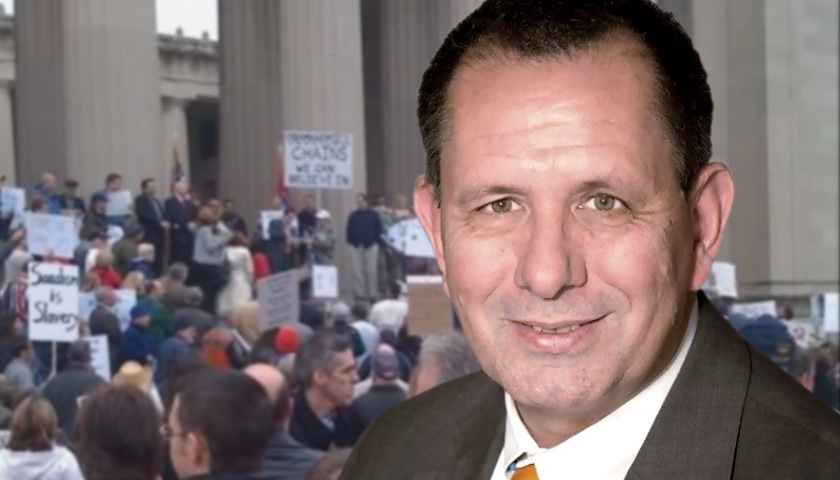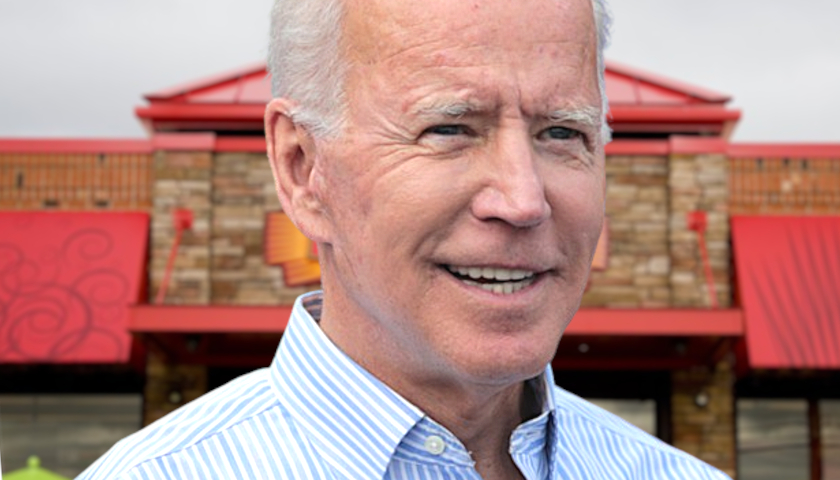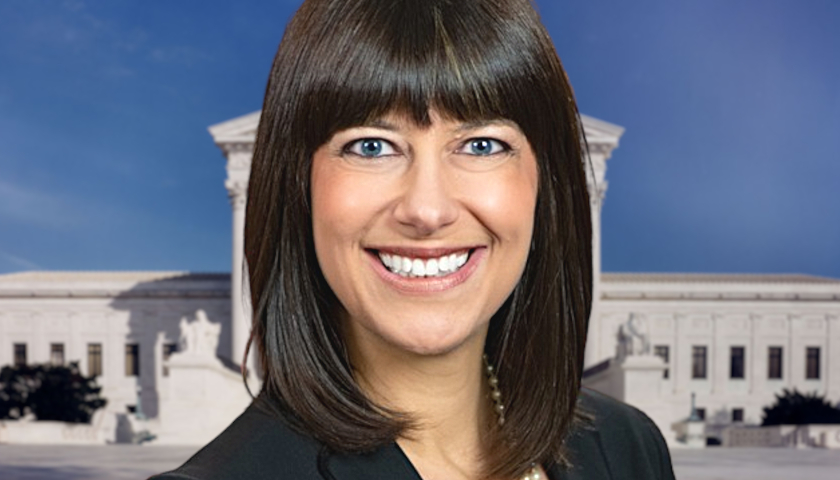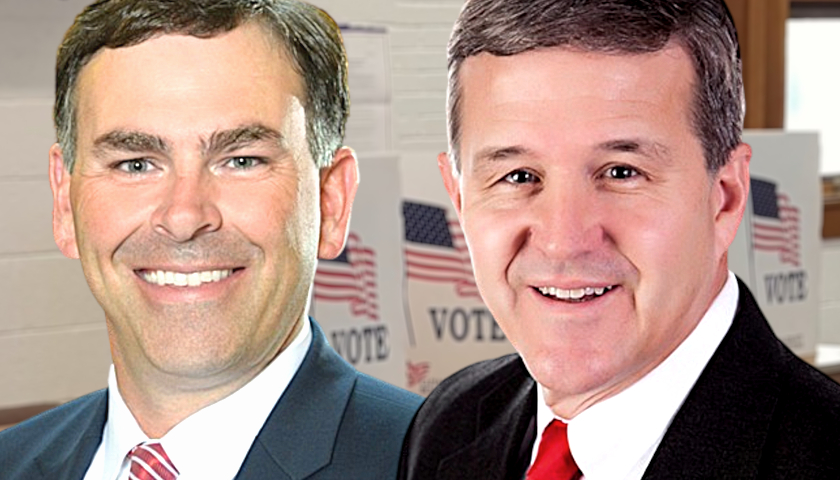by Judson Phillips
On February 27, 2009, something happened that confused Washington, the media and the political establishment.
All across America, rallies broke out. They were called Tea Party rallies.
The beginning
The spark that launched the rallies was Rick Santelli’s rant from the floor of the Chicago Mercantile on February 19, 2009. Santelli was ranting about a government bailout of bad mortgages and said, they might have a “Chicago tea party.”
Within hours, rumor began spreading about “tea party” rallies to be held. I emailed Michelle Malkin, the great conservative writer, and asked her if she knew of one being organized in Nashville. She said no, then said, “why don’t you organize it?”
Within a day, I was participating in a nightly conference call, organized by Chicago activist Eric Odom and now Tennessee Star Editor, Michael Leahy. On these calls, the planning of the first rallies happened.
The left has pushed a lot of myths, about the origin of the Tea Party movement. It was just a group of activists, no more than twenty initially, who responded to the spark that Rick Santelli had inadvertently given. There were no Koch representatives involved, nor were there any people from the Republican Party.
It was just activists.
The Tea Party movement may have started in February 2009, but the pressures that gave rise to the Tea Party movement began years earlier. In 2001, George W. Bush was sworn in and the Republicans kept control of the House of Representatives. While the Republicans had run on their traditional platform of fiscal conservatism, in the years after 2001, more conservatives grew tired of being lied to.
Conservatives watched during the Bush years, as first Bush reaction to 9/11 was to create more government bureaucracies. Then in 2004, he spearheaded the creation of the largest entitlement in American history. By 2008, many conservatives had enough. Bush’s 2008 declaration, “I’ve abandoned free market principles to save the free market,” summed up his administration and conservatives were finished with him.
Even before Barack Obama became President, the Democrats planned a massive spending program. Even before the famous Santelli rant, Keli Carender launched what is widely considered the first Tea Party rally on February 16, 2009.
Following the first round of Tea Party rallies, the left did not know how to react. They had never seen anything like that from conservatives. The Republicans who were on the verge of political extinction in Washington, embraced the Tea Party movement, forgetting many of their policies led to the movement.
The conference calls for the Tea Party organizers expanded as more people joined and plans were made for a huge Tax Day Tea Party rally. Fox News got involved, sending some of their anchors to major rallies.
The words “Tea Party” became a part of the American lexicon after the Tax Day Tea Party rallies. The Democrats demonized the Tea Party. The media tried to disparage the Tea Party as nothing but a group of racists.
Throughout 2009, rallies continued and in February 2010, Nashville hosted the First (and only) National Tea Party convention. The convention was one of the last big media Tea Party events and only a week afterward, a bureaucratic drone named Lois Lerner met with other leaders of the Obama Administration to discuss how the IRS and other bureaucracies could be used against the Tea Party.
After the Tea Party Convention, there were no more major rallies. There were some attempts. But none panned out. Several national groups emerged, and the Tea Party flexed its muscles in the 2010 election, helping what became known as the “Tea Party wave.”
In 2009, there were hundreds, if not several thousand local Tea Party chapters. Since 2010, most of these have faded away. Some remain. There were five national Tea Party groups. Two have completely ceased functioning. Two operate on a limited basis and one has become a part of the permanent Washington political scene.
In 2014, many Tea Party activists began talking about a “Tea Party 2.0.” These activists were waiting for another spark, like the Santelli rant, to bring people back to rallies.
That spark never came.
In 2016, Donald Trump emerged as eventually the Republican nominee. He ran on a populist platform and many who were in the Tea Party supported President Trump. President Trump, in many ways, became the “Tea Party 2.0.”
Judging the Tea Party
On Saturday, February 6, 2010, I stood in front of the crowd at the National Tea Party convention, being held at the Opryland Hotel in Nashville. The media coverage of the event had been overwhelmingly positive, despite a coordinated attempt from the so-called “Journo-list” to destroy the convention before it happened.
I asked the crowd of well over six hundred attendees, “Before the Tea Party movement, how many of you had been involved in politics, other than just voting.” Perhaps five percent of the crowd raised their hands.
The Tea Party movement brought a lot of people into the political movement that had not been involved in politics before. Their energy and enthusiasm was incredible. Their naivete often hurt the movement. Many of these people who had never been involved in politics before, simply believed if they stood up and said, “We don’t want this out of control spending and we do not want Obamacare,” that the Democrats and Republicans would suddenly throw up their hands, say, “You are right,” and just fall in line.
Politics doesn’t work that way and many people found that out. Quite a few degenerated into what I sometimes called the “You suck caucus.” When I met with elected officials to discuss issues of concern to the Tea Party, many of them were not interested because all some people wanted to do was simply screamed at them.
The last major Tea Party event that attracted a large crowd was nine years ago. The Tea Party evolved into a political movement, as it needed to. But all political movements have a shelf life and that shelf life for the Tea Party has mostly passed. The Tea Party movement, like all political movements, was fueled by anger. Anger can only sustain a movement for so long. The anger that fueled conservatives in 2009 and 2010 is gone and the rallies that were the trademark of the Tea Party movement are also gone.
But now, ten years later, the questions are, was the Tea Party a success and what does the future hold?
The Tea Party had some successes. It drove the worst of the liberals out of the Republican Party. In 2009, Arlen Spector was a Republican Senator. He would not be elected today. A Bush would not be elected either. The Tea Party movement brought people into political activism that had never been involved before. It is very arguable that without the Tea Party movement, Rand Paul, Mike Lee and Ted Cruz would not be in the Senate.
But what launched the Tea Party was outrage over out-of-control spending. The Democrats continued to spend and so did the Republicans. When Barack Obama took office, the National Debt was $10.626 trillion. When he left in 2017, it was $19.947 trillion. As of February 1, 2019, the National Debt topped $22 trillion. By 2020, the government will be spending more on interest payments on the debt than it will be for Medicare and by 2023, more no interest payments on the debt than for defense spending.
The signature issue of the Tea Party was fiscal conservatism and on that front, the Tea Party failed.
On February 27, 2019, Legislative Plaza in Nashville will be mostly quiet, as it is on most days. There will not be a Tea Party rally like there was on February 27, 2009, nor like the massive Tax Day Tea Party rally of April 15, 2009.
Many of the people who supported the Tea Party were seniors and baby boomers. Many of them are gone now. The anger that motivated many of them is gone. Also gone are some of the bright lights of the movement, such as Andrew Breitbart, who singlehandedly saved the Tea Party convention and never asked for anything in return.
Will there be a follow-on movement?
There almost certainly will. Many of the younger generation who were not political ten years ago, are becoming more conservative and there is a rising tide of conservative millennials. In 2020, the Republicans will be defending twenty-two Senate seats while the Democrats are only defending twelve. The Democrats could end that election with control of the House and the Senate and while it is not likely, they could even win the White House.
Should that happen, there will be another movement of Americans rising up to protect their Constitutional Rights.





